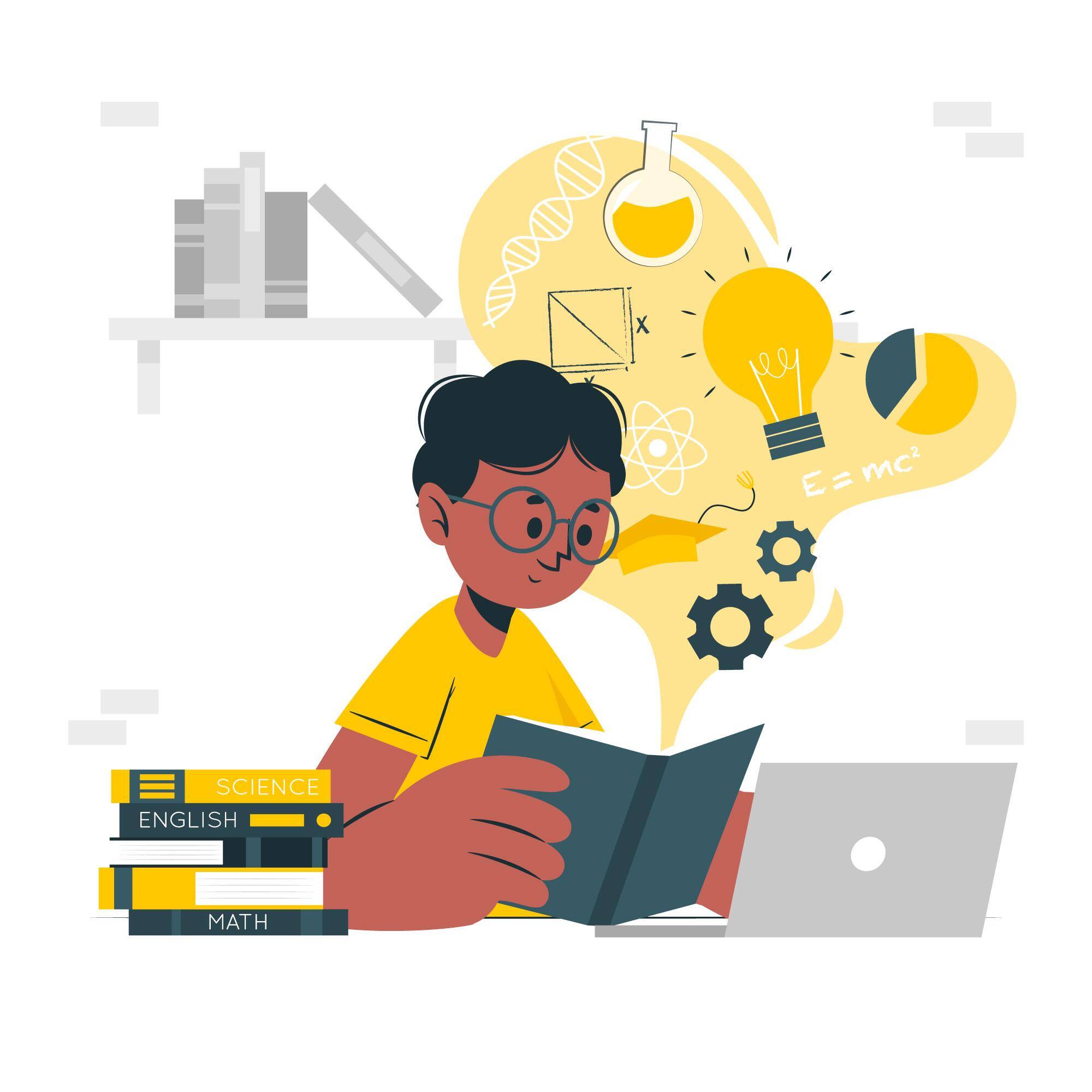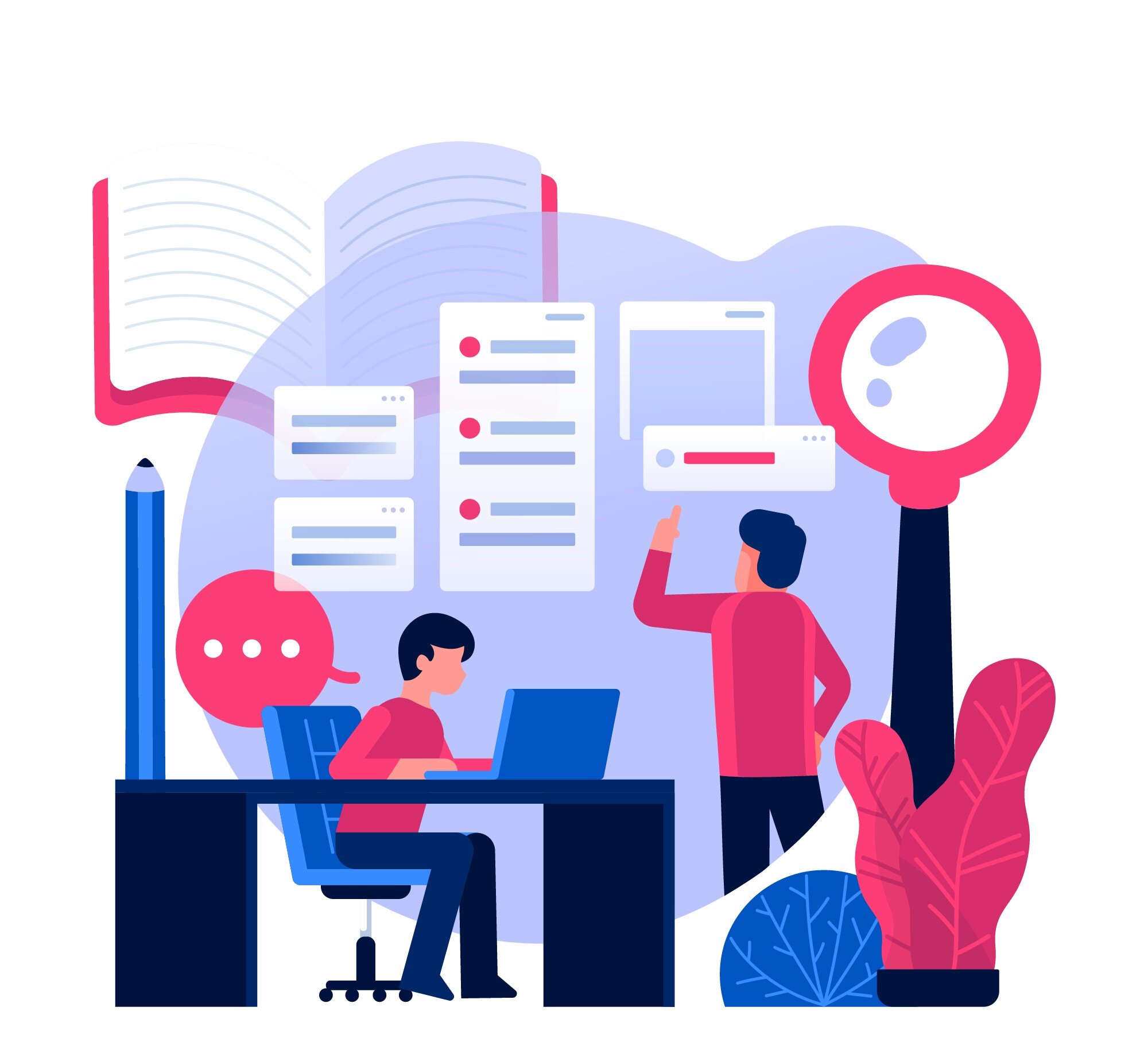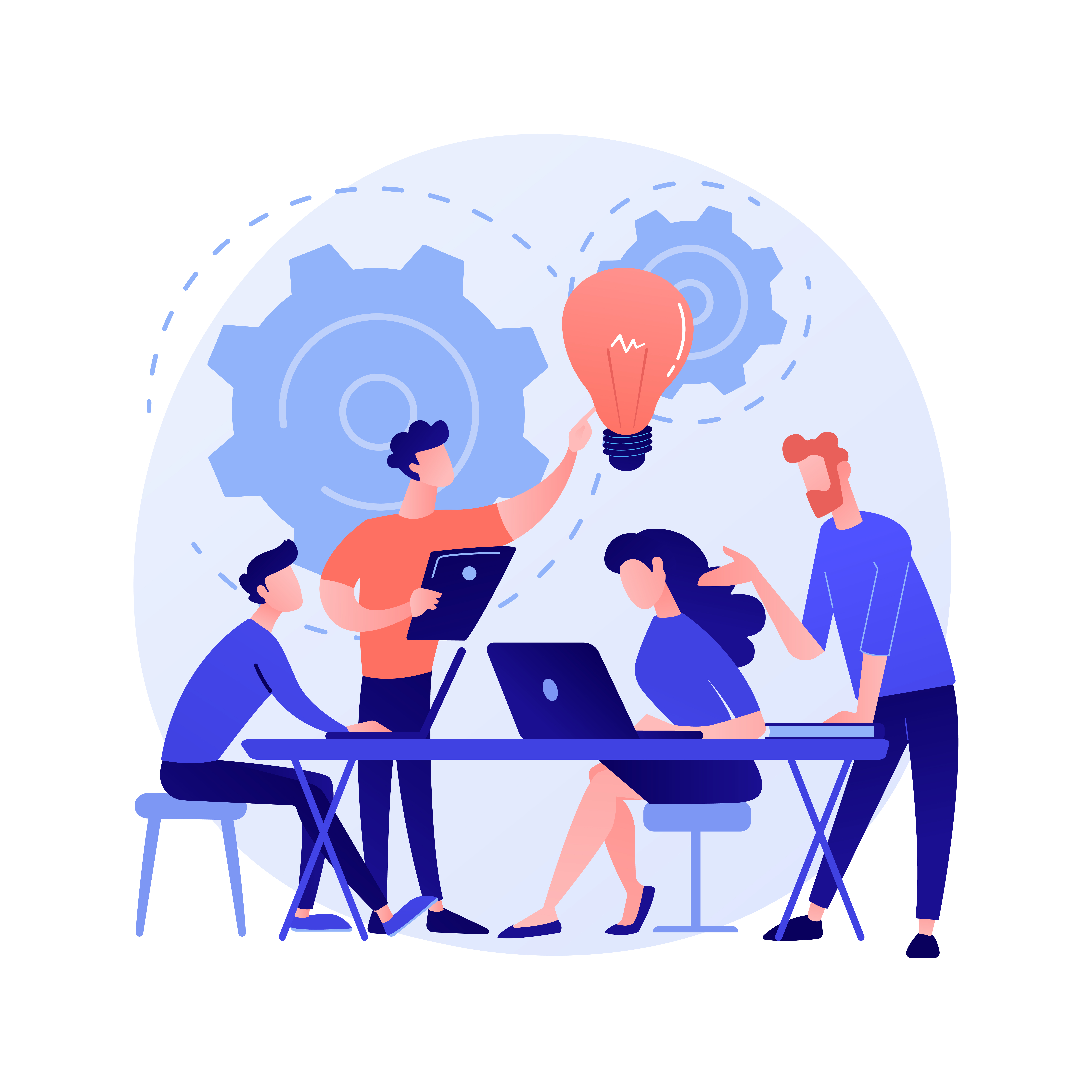In HR, continuous learning and development are not optional – they're essential. But with growing workloads and limited resources, HR leaders often struggle to create truly effective training programs for their teams. Here's where the flipped classroom model is a powerful tool to transform training from passive knowledge transfer to an engaging experience.
Shifting the Focus to Training Application
The traditional HR training approach often resembles a lecture hall setting. New policies, compliance updates, or leadership skills are presented, and participants are expected to absorb the information. While crucial, this method can leave knowledge gaps and struggle to ensure real-world application.
The flipped classroom flips this. Imagine HR professionals coming to training sessions prepared with foundational knowledge thanks to pre-recorded video modules, interactive online courses, or carefully curated industry articles. This frees up valuable classroom training time for what truly matters: active training and skill development.
Engaging HR Teams in Active Learning
With the groundwork laid beforehand, training sessions become opportunities for application and engagement.
Here are some examples of how you could use session time more dynamically:
- Scenario-Based Training: Participants can delve into realistic case studies and role-playing exercises, applying their knowledge to real-world HR challenges they might encounter.
- Peer Learning and Collaboration: Group discussions and team projects encourage HR professionals to share best practices, learn from each other's experiences, and develop collaborative problem-solving skills.
- Mentorship and Coaching: Trainers can dedicate more time to individual coaching and mentorship, addressing specific questions, and tailoring guidance to individual needs.
Building Skillsets
The flipped classroom model offers numerous benefits for HR leaders and their teams:
- Enhanced Training Impact: The focus shifts from passive learning to active training, leading to stronger knowledge retention and improved application of skills.
- Development of Critical HR Expertise: Through case studies and discussions, HR professionals hone their critical thinking and decision-making skills, equipping them to navigate complex workplace situations.
- Improved Communication and Collaboration: Collaborative activities foster communication, teamwork, and conflict resolution skills – essential for effective HR professionals.
- Personalised Training Experience: Pre-class modules cater to different learning styles, while in-person training allows for customisation based on individual needs.
Why the Flipped Classroom Model is Ideal for Leadership Training
The flipped classroom model isn't just effective for general HR training; it's particularly well-suited for leadership development programs. Here's why:
- Focus on Skill Development: Leaders need more than just knowledge; they need the ability to apply it effectively. The flipped classroom prioritises active training through case studies, simulations, and group discussions. This allows leaders to practice crucial leadership skills like communication, conflict resolution, and strategic decision-making in a safe, controlled environment.
- Enhancing Collaboration and Communication: Effective leadership hinges on collaboration and clear communication. The flipped classroom fosters these skills through group activities and discussions. Leaders learn to articulate their ideas persuasively, actively listen to diverse perspectives, and work together to find solutions – all essential for building strong teams.
- Personalised Learning for Diverse Leaders: Leaders come from varied backgrounds and possess different learning styles. The flipped classroom caters to this by offering pre-training modules in various formats (e.g., video, text, audio). In-person training allows for customisation based on individual needs and leadership styles, ensuring everyone benefits from the program.
- Promoting Critical Thinking and Problem-Solving: Leaders are constantly faced with complex challenges. The flipped classroom equips them with critical thinking skills through case studies and scenario-based exercises. Leaders analyse situations, weigh options, and develop innovative solutions, preparing them to tackle real-world issues with confidence.
- Building a Community of Practice: Traditional training often feels isolated. The flipped classroom creates a community. Leaders come together to discuss challenges, share best practices, and learn from each other's experiences. This ongoing dialogue builds a network of support and fosters a collaborative leadership culture within the organisation.
How to get started:
- Identify Training Objectives: Define the specific skills and knowledge you want your HR team to develop.
- Curate High-Quality Pre-Training Materials: Select engaging resources like interactive modules, case studies, or industry articles.
- Design Interactive Training Sessions: Plan activities that encourage active participation, skill application, and collaborative problem-solving.
- Facilitate Ongoing Learning: Integrate coaching and mentoring opportunities to support continuous learning and development.
- Gather Feedback and Adapt: Regularly solicit feedback from HR professionals and refine your training approach based on their needs.
By embracing the flipped classroom model, HR leaders can create a dynamic and impactful training experience for their leadership teams. This approach empowers leaders to develop the critical skills they need to inspire, motivate, and navigate the complexities of the modern workplace.
Implementing the Flipped Classroom Approach with 5Mins.ai
Pre-Classroom:
- 5Mins.ai uses assessments and competency maps to tailor each person's learning journey to them.
- The AI-driven platform personalises learning based on experience and roles to give content that is relevant to each learner.
- You can create tailored courses, assign them, track progress, and view results, all in one integrated platform.
Post-Classroom:
- Feedback boxes allow employees to provide feedback on classroom training, helping you to identify areas for improvement.
- Lesson recaps reinforce learning by going over key areas again.
- You can schedule post-session materials for your team to keep learning in the flow of work.
- Clearly mapped skill progression helps you identify areas of improvement, helping you to clearly understand and fill skills gaps.
- Book a call
-
EN




